Filters
Download definitions (PDF) Case source list Model cases
Model cases
 National programme
National programme
-
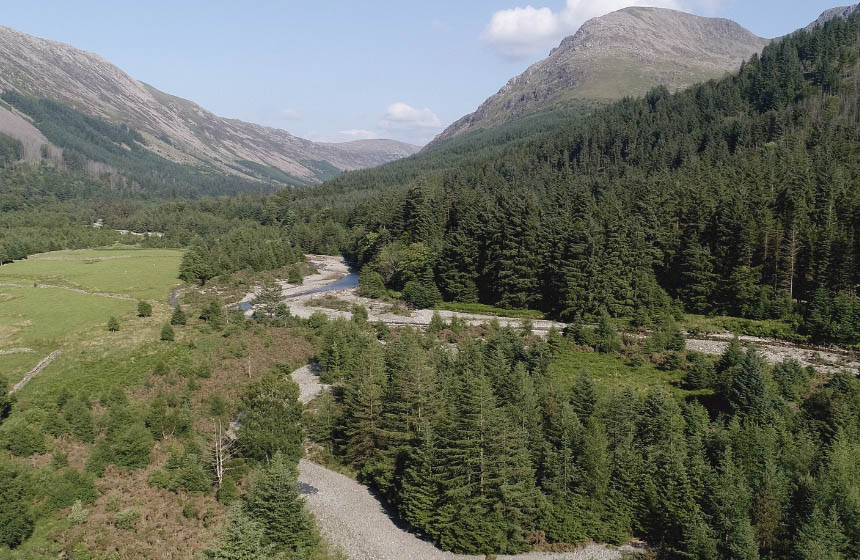
Wild Ennerdale: a landscape-scale partnership to reduce farming intensity and restore natural processes
Boundaries between landowners in Ennerdale valley have resulted in stark contrasts in land uses. Now, partnerships between these organisations facilitate the co-operative landscape restoration and management of the second largest National Nature Reserve in Cumbria, spanning 4,400 hectares.
- Created habitats
- Management
- Protection
- Restoration
United Kingdom -
National programme

The Great North Bog: a partnership for landscape-scale peatland restoration
Building on 20 years of successful peatland restoration, the Great North Bog partnership aims to use a blended finance approach to restore all of northern England’s remaining degraded upland peatlands by 2040, by bringing together a broad coalition of peatland restoration organisations to concentrate funding and resources.
- Restoration
United Kingdom -
Model NbS case
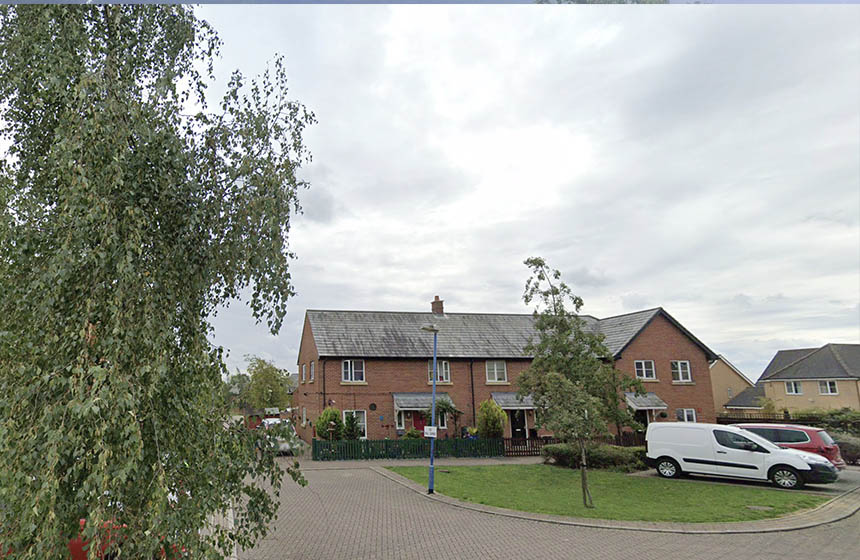
Lamb Drove SuDS
The sustainable drainage system (SuDS) in Lamb Drove, Cambridge is an award-winning project which has successfully reduced flooding risk.
- Created habitats
United Kingdom -
Model NbS case

Sussex Kelp Recovery Project
The Sussex Kelp Recovery Project has been established to monitor, assess, and assist the natural recovery of kelp forests on the West Sussex Coastline, following a public campaign that led to landmark legislation banning trawling in the area.
- Protection
- Restoration
United Kingdom -
National programme

Nature-based solutions across landscapes for climate change mitigation
Natural England announced funding for six study projects which would utilize nature restoration for carbon sequestration methodologies and each cover an area of greater than 500 hectares.
- Management
- Restoration
United Kingdom -
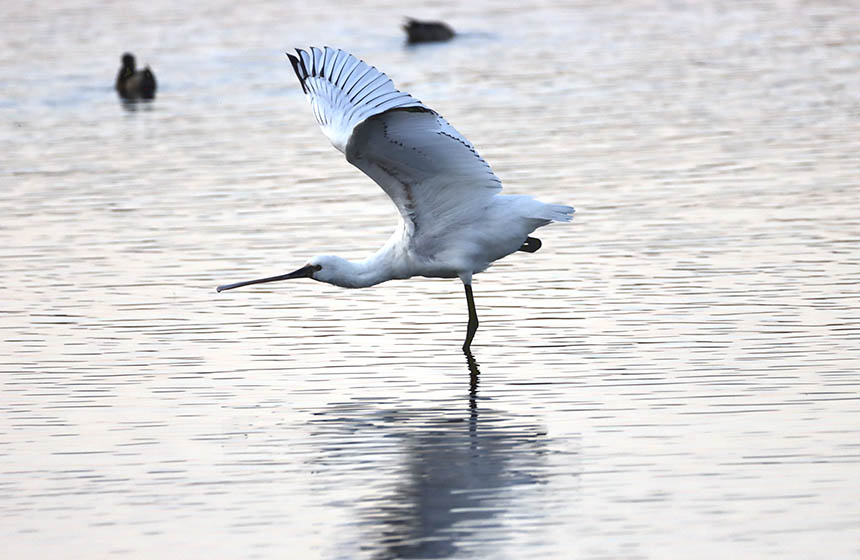
Wallasea Island Wild Coast restoration project
Recreating a wetland landscape of mudflats, saltmarsh, lagoons and pasture in an internationally important estuary, close to the Thames Gateway, using a managed realignment strategy and beneficial reuse of clean spoil from the London Crossrail infrastructure project. Europe’s largest coastal habitat restoration project.
- Created habitats
- Restoration
United Kingdom -
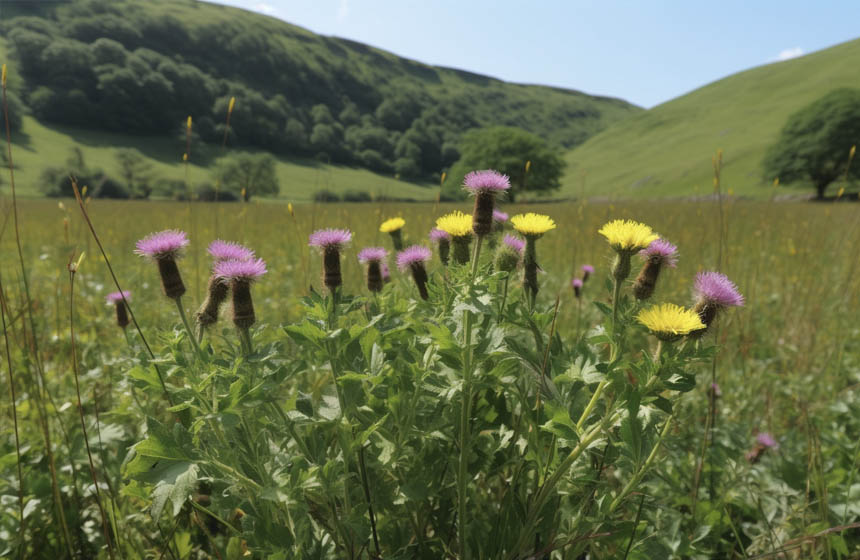
River restoration and hillside stabilization near Swindale Beck
Restoring a historically straightened stream to its natural meandering path to slow the flow of water through the valley, reducing downstream flood risks and improving water quality, habitat creation, and biodiversity.
- Restoration
United Kingdom -

Organic silvo-arable agroforestry on Whitehall Farm
Silvo-arable agroforestry, the practice of planting trees between crops, has been largely successful on the 125 hectare Whitehall Farm, reportedly reducing soil erosion and increasing agro-biodiversity. Agro-ecology principles have also been embraced to attract wildlife including pollinators and pest predators.
- Food production
United Kingdom -
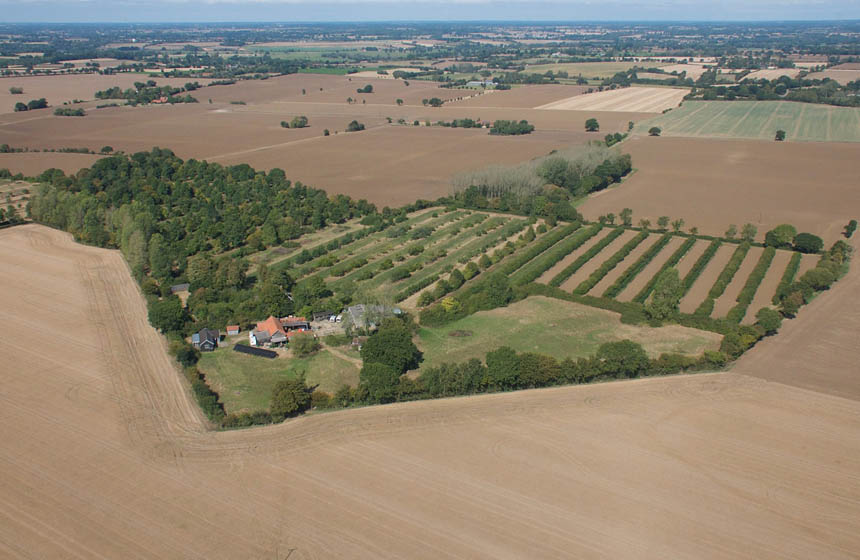
Organic silvo-arable agroforestry on Wakelyns Farm
Silvo-arable agroforestry, the practice of planting trees among crops, has reportedly boosted Wakelyns Farm’s resilience to pests, built up soil fertility, and provided wildlife habitats for various species. The farm emphasises self-sufficiency by deriving energy from solar panels and woodchip boilers and minimising reliance on chemical inputs.
- Food production
United Kingdom


